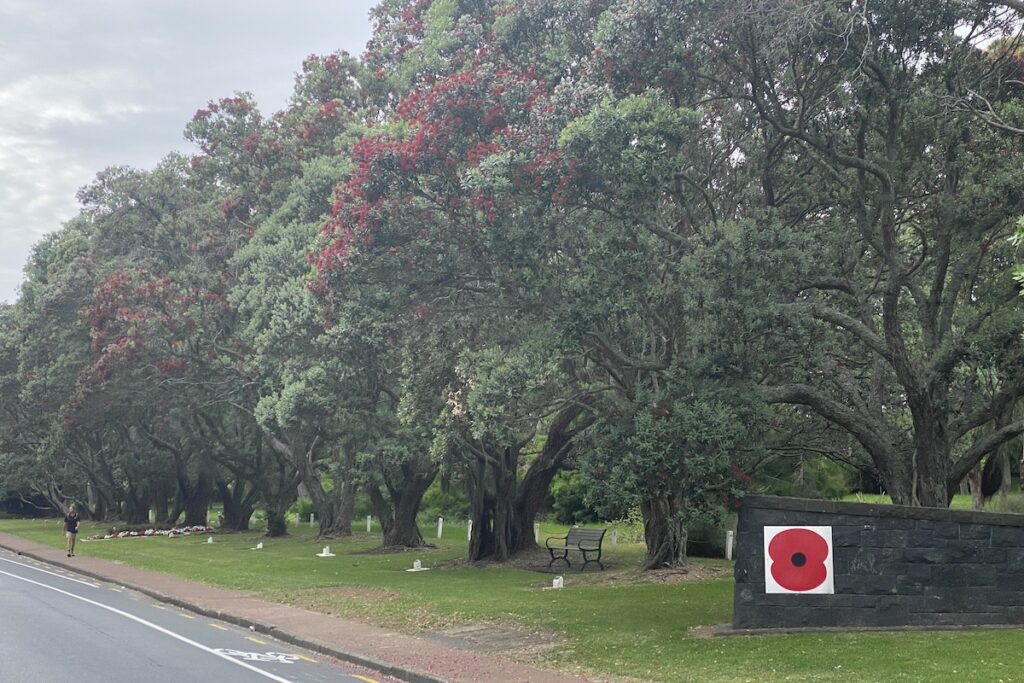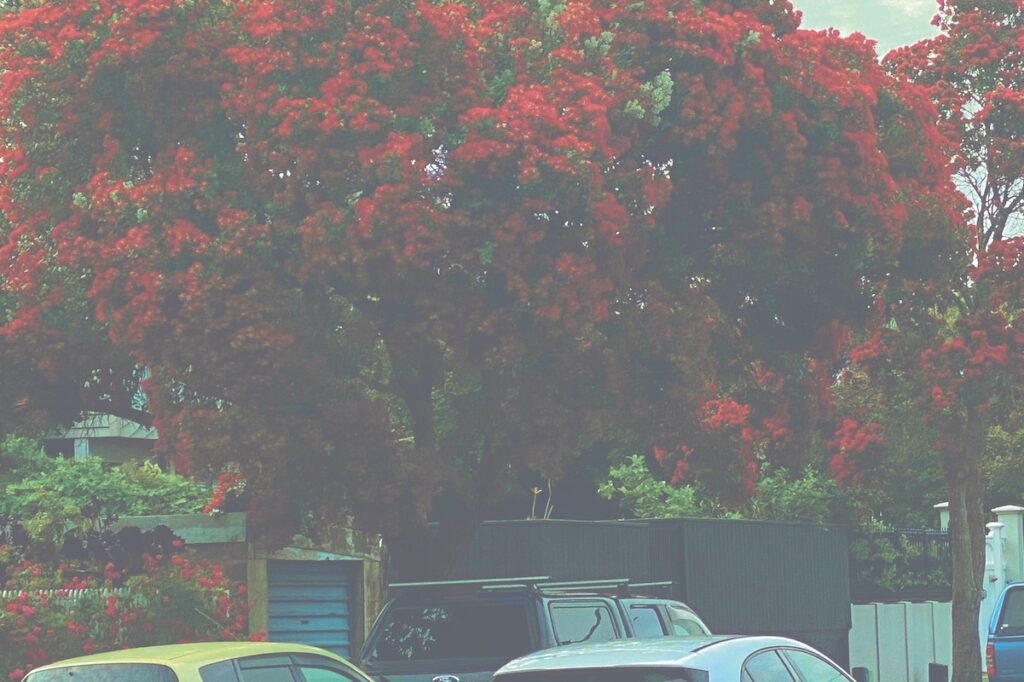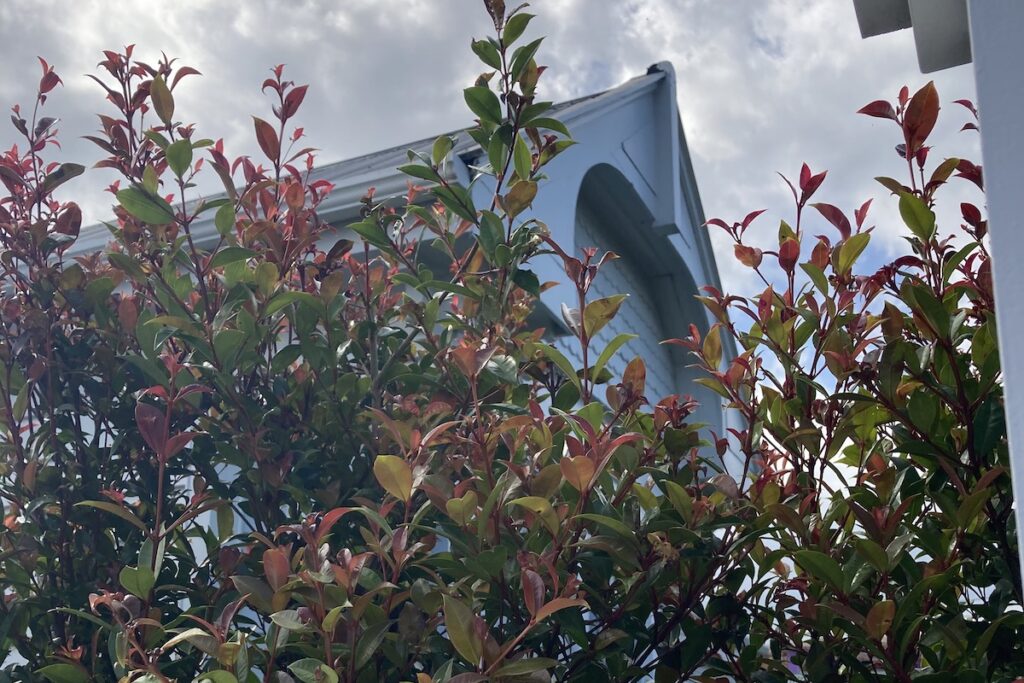What's New
15 December, 2021
Myrtle rust threatens Devonport pohutukawa

Myrtle rust is spreading on the Devonport peninsula, endangering hundreds of pohutukawa, many of which are protected trees.
Restoring Takarunga Hauraki coordinator Lance Cablk said he had received multiple reports of the disease on fast-growing lilly pilly (eugenia ventenatii) hedges, which are commonly used in Devonport gardens for privacy.
“I’ve had dozens of reports and I’ve seen it on many myself,” Cablk said.
Myrtle rust is a fungal disease that affects myrtle species and is now widely found in the North Island and in some areas of the South Island. The first visible symptoms are powdery, bright-yellow or orange-yellow spots that develop on leaves, tips and stems of plants. It affects a number of natives including pohutukawa, rata and manuka.
Gardener Katrin Prendergast, from Glorious Gardens, said she had seen the disease in many eugenia hedges. “I would say pretty much almost all of them had it.” It particularly affects new growth in plants and spring was prime spreading season, she said.
“The biggest concern is that it affects natives. Can you imagine Christmas without a pohutukawa tree?”

Devonport peninsula is home to many hundreds of pohutukawa – some of the most magnificent stands in Auckland – including along King Edward Parade and the heritage -listed memorial drive next to Waitemata Golf Course.
More than 100 are included in Auckland Council’s notable trees lists, which offers protection from removal and cutting.
Myrtle rust arrived in New Zealand in 2017. It has caused damage in Australia.
The council does not record sightings of the disease, but a spokeswoman said a member of its biosecurity team noticed a number of infected lilly pillys while out walking in Devonport.
A search on the iNaturalist reporting platform shows 15 sightings in wider Devonport since 30 October.

Sites where myrtle rust has been identified recently
Lilly pilly hedging
The council biosecurity department’s advice to landowners is that anyone who suspects myrtle rust should not touch it, but submit a photo to the iNaturalist app for identification. For smaller infections, the council recommends removing the infected material or the whole plant if practical.
A step-by-step guide on how to do so safely can be found on the myrtle rust website set up by Biosecurity New Zealand and the Department of Conservation. For larger trees, a qualified arborist with experience with myrtle rust removal should be called.
The council and Auckland Botanic Gardens have created a list of fast-growing plants to replace hedges with. These include wiri mist, totara and Poor Knights’ matipo.

Please consider supporting The Devonport Flagstaff by clicking here:
